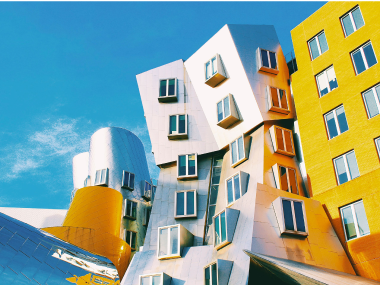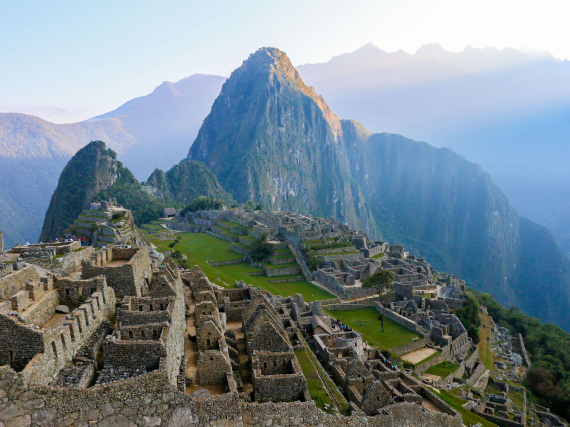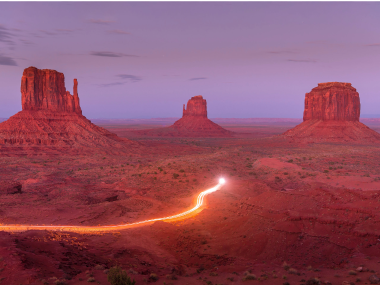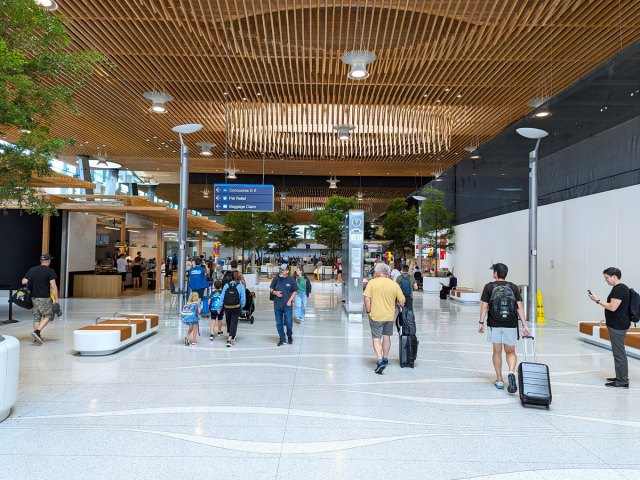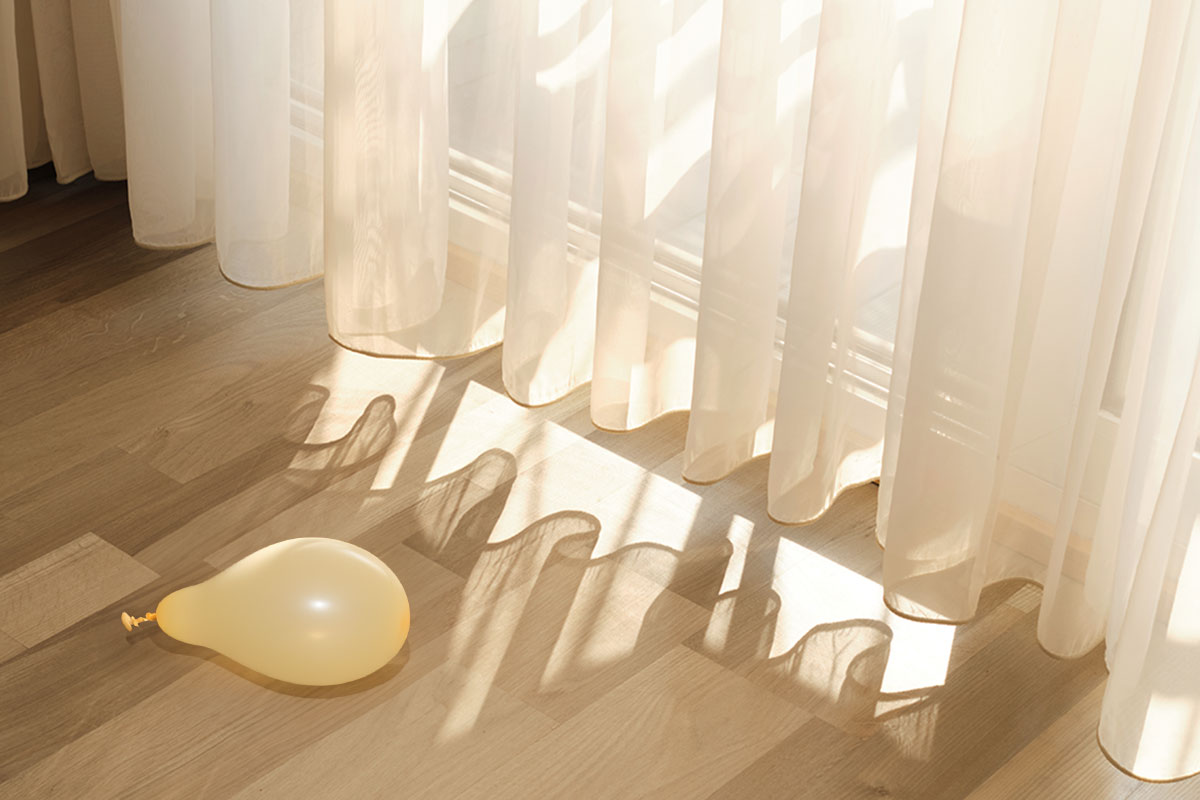Optical illusions challenge us to pay closer attention to the world around us. Through clever use of color, light, and patterns, optical illusions trick our brains into thinking that we are seeing something that’s different from what’s right in front of our eyes. When we stop to take a second look at buildings or other structures that aren’t quite what they seem, the realization that we’ve been deceived is likely to provoke a reaction — or at least put a smile on your face. Take a look at these five extraordinary houses that look like optical illusions.
Crooked House – Sopot, Poland
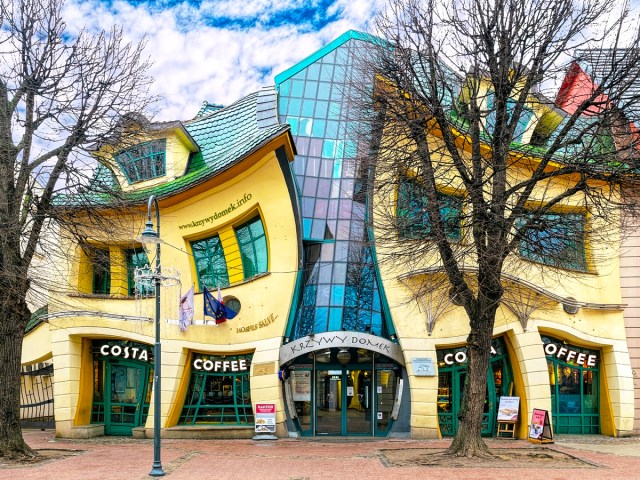
Krzywy Domek, which translates to “crooked house” in Polish, is a whimsical building that forms part of a shopping complex in the town of Sopot. Though you might think that any pictures you’ve seen online were taken with a shape-warping filter, this intriguing curvaceous structure looks exactly the same in real life.
It was the result of collaboration between architects Małgorzata Kruszko-Szotyńska, Szczepan Szotyński, and Leszek Zaleski, whose inspiration came from the work of 20th-century Polish children’s book illustrator Jan Marcin Szancer and Swedish graphic artist Per Oscar Gustav Dahlberg. The Crooked House’s distorted walls and blue-green shingled roof might be more at home in a book of fairy tales, but since it was unveiled in 2004, Krzywy Domek has brought joy to countless real-life visitors to this Polish seaside resort town.
Mirrorcube – Harads, Sweden
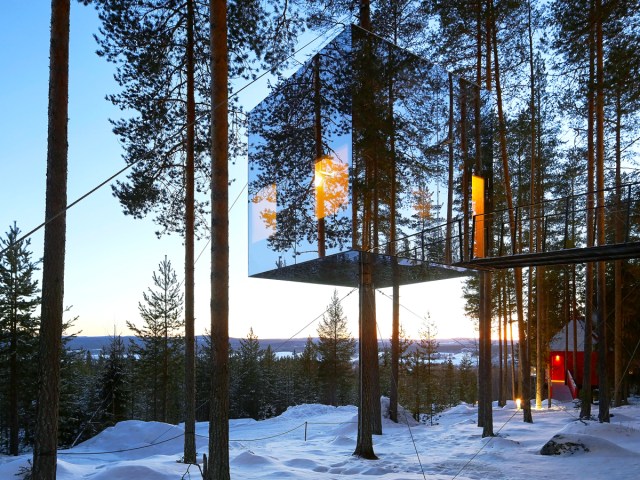
Built around a mature tree, the Mirrorcube is situated within a Swedish forest and clad entirely, as its name suggests, in mirrors. The reflective surface means that it creates its own camouflage and disappears from sight, even when you step out onto the concealed balcony.
Constructed according to a clever design by architecture firm Tham & Videgård in 2010, it was originally commissioned by locals Kent and Britta Lindvall and is now one of several guesthouses that make up the Treehotel. The Mirrorcube sleeps two, making it the ideal spot for a romantic getaway amid the tranquility of nature. Other treehouses on the property are themed as a UFO, a bird’s nest, and a biosphere covered in nesting boxes.
Pole House – Fairhaven, Australia
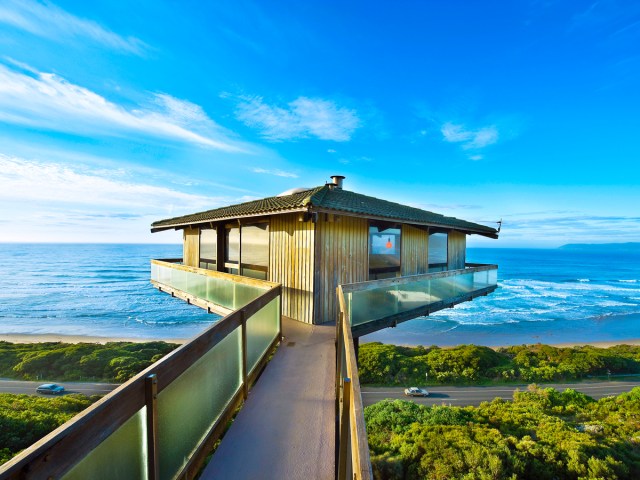
Viewed from a particular angle, the Pole House appears to float on water. This unique property was constructed on top of a supporting pole suspended 130 feet above Fairhaven Beach on Australia’s Great Ocean Road. Those who sleep here are lucky enough to awaken to the hypnotic sound of waves crashing on the shore below.
However, what you see today isn’t the original house that architect Frank Dixon built here in the 1970s. A few years after he sold his pole-mounted property in 2005, the new owners announced that it would be demolished. They constructed a glass-and-steel replacement with floor-to-ceiling windows designed by Franco Fiorentini from F2 Architecture. Since the new Pole House was finished in 2014, it has garnered as much attention as Dixon’s original home did more than 40 years ago.
Sinking House – Montmartre, France
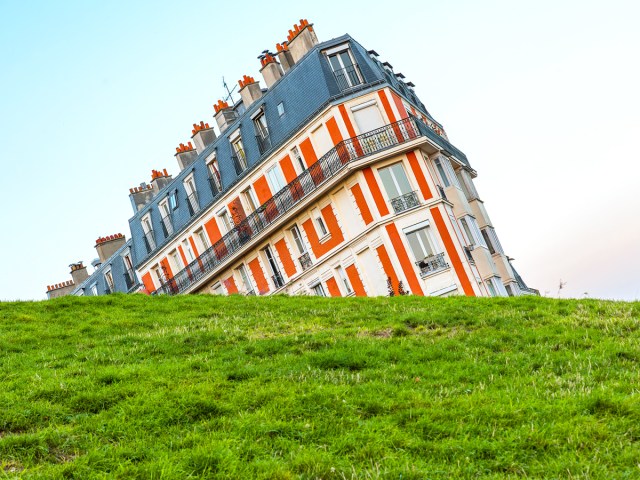
If you look at a picture of the so-called Sinking House of Montmartre, it appears to be partially embedded in the ground. Yet, it’s an optical illusion, achieved by tilting the camera. If you need further proof, take a closer look at the curtains — they’re hanging at an angle.
The house is built on Butte Montmartre, one of the hilliest spots in Paris. (If you’ve ever ridden the funicular to avoid climbing the 222 steps needed to get up here, you’ll likely agree.) Most tourists schlep up here to visit one of the French capital’s most iconic landmarks, the Basilique du Sacré-Cœur de Montmartre, but don’t leave before you’ve snapped a picture of the Sinking House, too.
Upside-Down House of Trassenheide – Germany
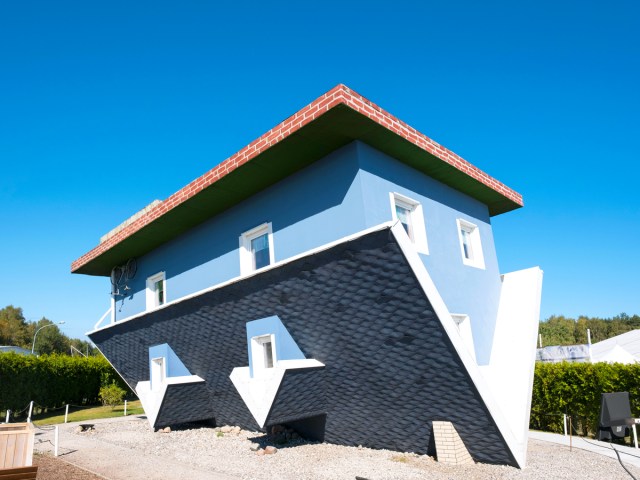
In Germany, it seems that topsy-turvy construction is all the rage. The first upside-down house built in Germany is found in the seaside town of Trassenheide on Usedom, an island in the Baltic off the country’s north coast. Polish architects Klaudiusz Golos and Sebastian Mikiciuk came up with their pioneering design in 2008 for a project called Die Welt Steht Kopf (“The World Upside Down”).
The bizarre-looking house sits not only upside down but also at an angle, a deliberate move to encourage those who look at it to think differently about their surroundings. An inverted wheelbarrow, bench, and bicycle hang from the floor of the porch, while inside, the furnishings, too, have been installed the wrong way up.
More from our network
Daily Passport is part of Inbox Studio, which publishes content that uplifts, informs, and inspires.
